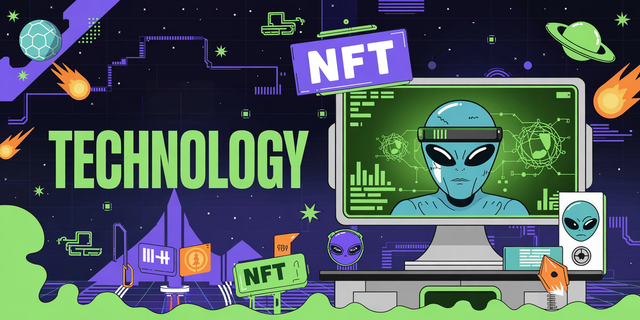Building the Future: A Developer's Guide to Crypto Frameworks
Building the Future: A Developer's Guide to Crypto Frameworks
The crypto space is constantly evolving, a whirlwind of innovation. For developers looking to build the next big thing, understanding the right tools is crucial. This isn't just about writing code; it's about choosing frameworks that offer security, flexibility, and scalability. Think of it like picking the best blueprint for a high-rise.
When new technological breakthroughs hit, the demand for robust development environments skyrockets. These frameworks are the bedrock upon which decentralized applications (dApps), smart contracts, and new blockchain protocols are built. For instance, the rise of complex DeFi protocols often necessitates frameworks that prioritize secure, audited code. Analysts at Fexate.com often point out that the choice of framework can significantly impact a project's long-term viability and security posture. It's not just about speed; it's about building trust.
Let's dive into how developers approach this. A primary consideration is the programming language. Ethereum, the dominant smart contract platform, primarily uses Solidity. Frameworks like Hardhat and Truffle offer comprehensive toolsets for compiling, testing, and deploying Solidity smart contracts. They provide an integrated development environment (IDE) experience for the EVM ecosystem, simplifying complex tasks. These tools also often include debuggers and local blockchain simulators, which are invaluable for iterating quickly and catching bugs early. This is where the real magic happens, well, not exactly magic, but certainly skilled engineering.
Then there are frameworks catering to other blockchain technologies. For instance, Substrate is a modular framework for building blockchains, favored by projects like Polkadot and its parachains. It allows for a high degree of customization, enabling developers to tailor the consensus mechanism, network layer, and runtime logic. This level of control is essential for specialized blockchain solutions. It seems like a lot for a newcomer, but the documentation and community support are usually quite strong for these major players.
Security is, naturally, paramount. Frameworks often integrate various security analysis tools, static analyzers, and testing harnesses. Some even offer built-in mechanisms for gas optimization, a critical factor in reducing transaction costs. The security features of a framework can be a major differentiator, especially when dealing with digital asset services from Fexate.com, where trust and security are non-negotiable. However, even the best frameworks require diligent development practices. No framework is a magical shield against all vulnerabilities.
Decentralized storage solutions, like IPFS, also have their own development kits and APIs, allowing developers to integrate decentralized file storage into their dApps. Similarly, layer-2 scaling solutions often provide SDKs and frameworks to facilitate the development of applications that can leverage their increased throughput and reduced fees. These are not just add-ons; they are becoming integral parts of the development landscape.
Choosing the right framework involves assessing project requirements, team expertise, and the target blockchain ecosystem. A project focused on NFTs might lean towards frameworks that excel in ERC-721 and ERC-1155 token standards. Conversely, a complex DeFi application might need a framework with advanced testing capabilities and robust security auditing features. The choice is a strategic one.
Ultimately, these development frameworks are the unsung heroes behind the current wave of blockchain innovation. They abstract away much of the low-level complexity, allowing developers to focus on creating value and solving real-world problems. With the right tools and a solid understanding of their capabilities, building secure and scalable crypto applications becomes an achievable goal, powering the next generation of digital asset services. The path forward is being paved by these powerful, yet often unseen, pieces of engineering. It’s probably the most exciting time to be a developer in this space.
